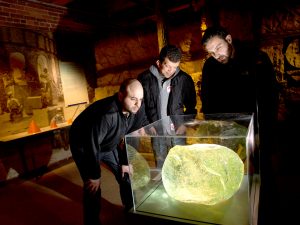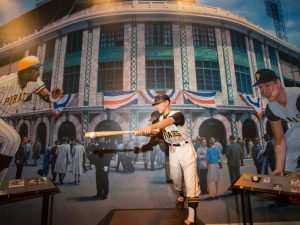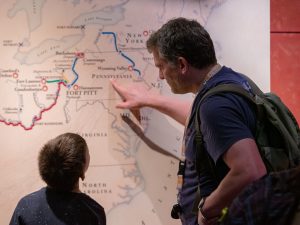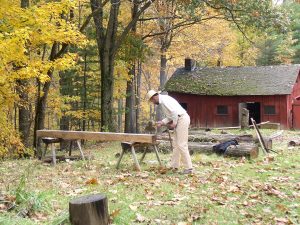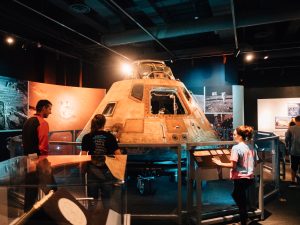Exhibits
Heinz History Center
Explore exhibits that cover over 250 years of Pittsburgh history at the History Center.
Western Pennsylvania Sports Museum
Learn how Pittsburgh became the City of Champions through exhibits at the Sports Museum.
Fort Pitt Museum
Discover the world-shaping events that occurred in Western Pennsylvania through exhibits at the Fort Pitt Museum.
Meadowcroft Rockshelter & Historic Village
Check out 19,000 years of Western Pennsylvania history through exhibits at Meadowcroft Rockshelter and Historic Village.
Past Exhibits
Learn more about the History Center’s past exhibits, like We Can Do It! WWII, Destination Moon, 1968, and more.

